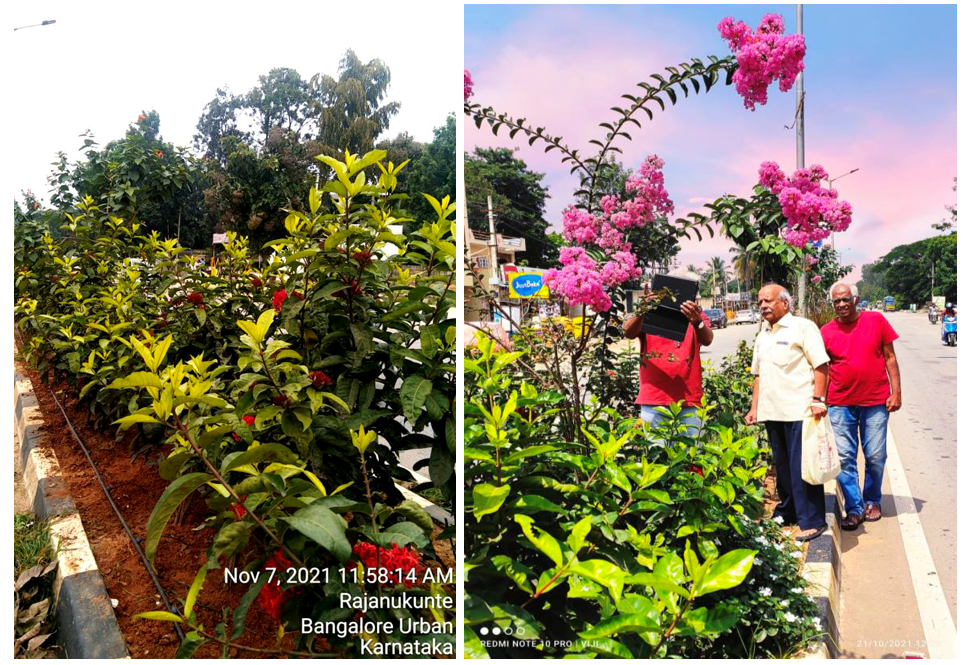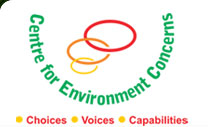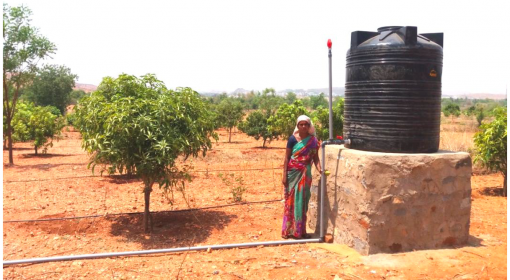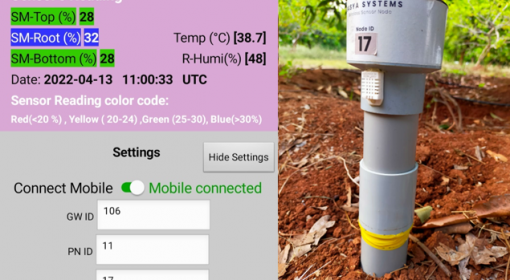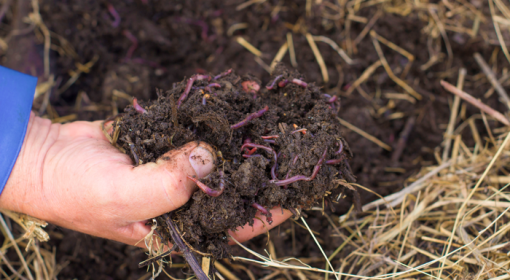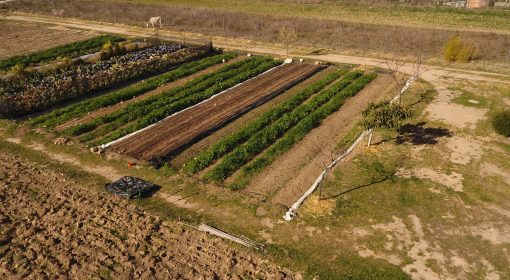Author: K.S. Gopal
ksgopal1952@gmail.com
www.cechyderabad.org
This is the third in a series of blogposts describing the development and implementation of water–saving solutions in India. The innovations were developed by KS Gopal, founder and director of the Centre for Environment Concerns. It describes the journey to reduce the use of irrigation water for farming following the 5M concept:
- Moisture at plant root zone (part 1)
- Measured Moisture for water efficiency & savings (part 2)
- Microbes for healthy soils (part 3)
- Mycorrhizae for root health and synergy to maximise plant nutrient uptake (part 3)
- Management of farm operations for confidence and preparedness (part 4)
Soils have three dimensions: physical, chemical, and biological. The soil’s physical characteristics depend on natural processes and geology. The chemical dimension gets much attention and investments from industries, scientists, and policymakers. They mainstream the use of low-cost synthetic inputs, which are advise based on soil deficiencies and plant nutrient needs and come with subsidies aplenty. On the other hand, what is urgently needed for soil health is the biological enrichment of soils.
We brought together a team of scientists and farmers to develop and validate a technology and delineate pathways to trigger organic production centred on the development and upkeep of healthy soil. We studied traditional Indian farm soil rejuvenation practices across multiple states and engaged scientists and microbiologists to discuss and learn. This led to developing “Living Compost” to be used as a microbial inoculant. The Living Compost is locally made using available soil microorganisms. It is a “produce it yourself” multiplier of soil organisms that takes four weeks to prepare. It is an upgrade of farmyard manure which is enriched with a selection of other ingredients added for microbial bio-diversity such as soil collected under a banyan tree and seeding of Navadanya (multiple diverse native grains) to foster mycorrhizal fungi.
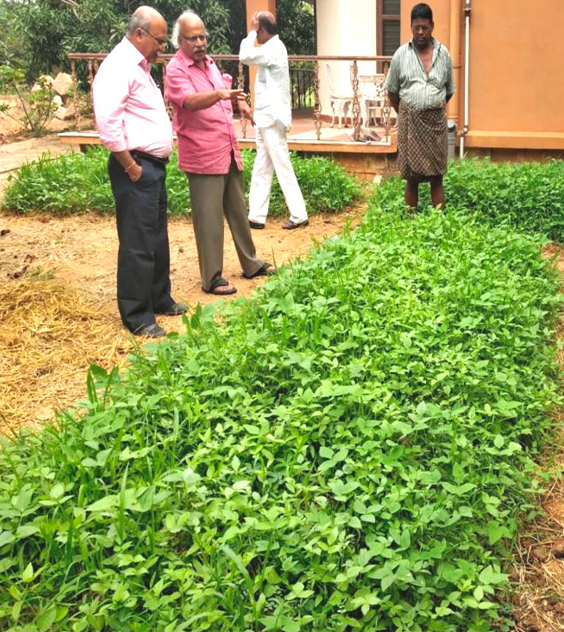
Healthy soils lead to healthier farm produce and plant resilience to drought and climate change. Apart from multiple other features, in Living Compost, soil-borne earthworms move vertically to till and aerate the soil while current mass-produced earthworms in compost tend to move horizontally.
Based on specific soil test results and plant nutrient needs we guide farmers to mix Living Compost with measured quantities of beneficial bio-agents such as Trichoderma V, Vesicular Arbuscular Mycorhiza, Azospirrilum, Azotobacter, Pseudomonas, Phosphate Solubilizing Bacteria, Metarhizium/Beavaria, Verticillium lecani, and others. Living Compost showed good to remarkable results when validated in-field trials. In dry environments, the irrigated rootzone is the ideal ecosystem where to foster microbes to improve soil health and plant growth.
Irrigation architecture and conception must look beyond plant growth and yield to foster a rich ecosystem of biodiverse living organisms to maximize water storage, soil aeration, and most efficient suction by the roots of water along with soil micro-nutrients. It is a process that mimics nature’s inner working. It helps increase crop yield and fruit quality, leading to sustainable farming with stable, higher incomes.
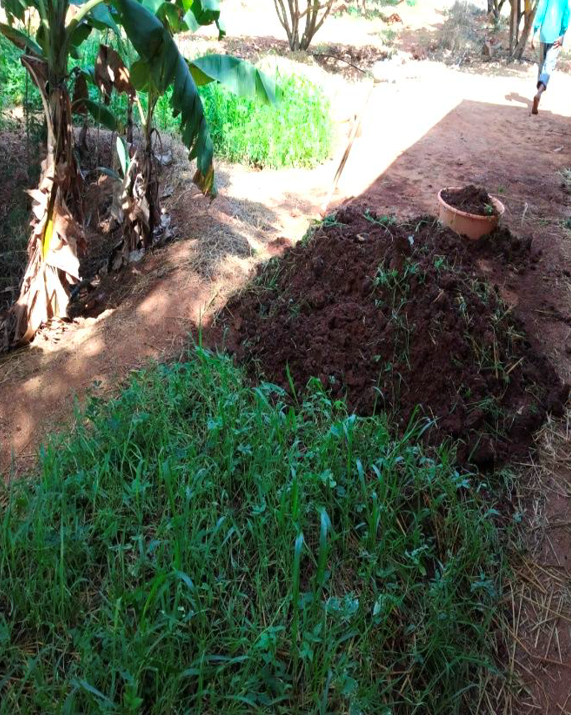
In April 2021 we piloted “a little more forest everywhere” to showcase “measurable ecological harvests with aesthetic bio-diverse native plant species” as an improvement to the greening approach adopted in public spaces in Bangalore. In this pilot, we applied and demonstrated all of the 5 Ms and obtained clear and positive results. We planted bio-diverse nectar offering species of shrubs and trees on a road divider (median) in Yelahanka. Its key features are: measured moisture at the plant root zone (read more in Blog 1), automated irrigation (read more in Blog 2), measures to drain, harvest, and store roadwater, tar removal to improve plant roots penetration, and application of Living Compost for soil health. Plantation took place in April (summer) to allow the transplanted species to settle down and to adjust in the harsh conditions. This was followed by healthy and fast plant growth with the onset of monsoon. Within four months plants grew, flowers blossomed and bees have arrived. We await the butterflies!
